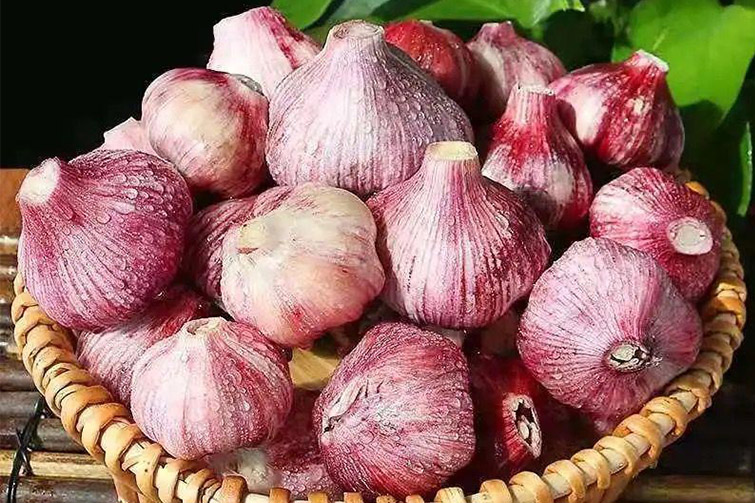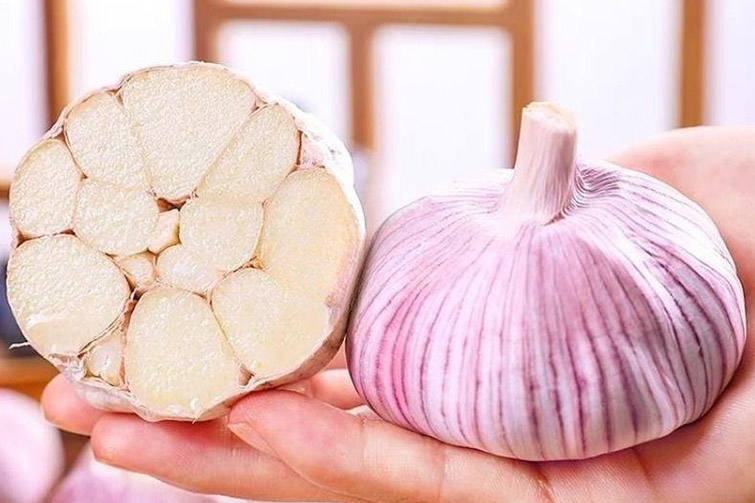

How to Store Garlic in Bulk: A Comprehensive Guide
Storing garlic in bulk, especially in quantities of several tons, requires careful planning and management to maintain its freshness and prevent spoilage. Here’s a step-by-step guide on how to properly store garlic in large quantities.
1. Harvesting and Initial Preparation
- Proper Harvesting: Ensure that garlic is harvested at the right time, typically when the lower leaves turn brown but the upper leaves are still green. This indicates that the bulbs are fully mature.
- Curing: After harvesting, garlic should be cured to remove excess moisture. This involves hanging the garlic in a well-ventilated, dry area for 2-3 weeks. Curing helps to extend the shelf life by reducing moisture content, which can cause rot.
2. Temperature and Humidity Control
- Optimal Temperature: Garlic should be stored at a cool temperature, ideally between 0°C and 4°C (32°F to 40°F). This helps to slow down the metabolic processes and prevents sprouting.
- Humidity Levels: Maintain a low humidity environment, ideally between 60% and 70%. High humidity can cause mold growth and decay, while too low humidity can lead to dehydration of the bulbs.
3. Storage Environment
- Ventilation: Proper air circulation is crucial to prevent moisture buildup and to ensure even temperature distribution. Garlic should be stored in mesh bags, wooden crates, or slatted bins to allow air flow around the bulbs.
- Lighting: Store garlic in a dark environment, as exposure to light can trigger sprouting and reduce the garlic's shelf life.
4. Storage Methods
- Bulk Storage: For large quantities, garlic is often stored in controlled atmosphere (CA) storage, where temperature, humidity, and gas composition (especially oxygen and carbon dioxide levels) are carefully regulated to maximize storage life.
- Monitoring: Regularly monitor the storage conditions, including temperature, humidity, and the garlic itself for any signs of spoilage. Early detection of issues can prevent the spread of rot or mold.
5. Packaging for Extended Storage
- Long-term Packaging: For long-term storage, garlic can be vacuum-sealed to further reduce the risk of contamination and spoilage. This method is particularly effective for garlic that will not be used immediately.
- Drying: Alternatively, garlic can be dried or dehydrated, which significantly extends its shelf life. Dried garlic can be stored in sealed containers for months or even years.
6. Transportation Considerations
- Temperature-Controlled Transport: When moving garlic in bulk, especially across long distances, ensure that the transport vehicle is equipped with temperature and humidity controls to maintain optimal storage conditions during transit.
7. Common Challenges and Solutions
- Sprouting: To prevent sprouting, maintain low storage temperatures and avoid exposure to light.
- Mold and Decay: Regularly inspect the stored garlic and immediately remove any bulbs showing signs of mold or decay to prevent the spread to healthy bulbs.
Conclusion
Storing garlic in bulk requires attention to detail in terms of temperature, humidity, and storage environment. By following these best practices, you can ensure that your garlic remains fresh and usable for an extended period, whether for commercial purposes or large-scale consumption. Proper storage not only preserves the quality of the garlic but also helps to minimize losses due to spoilage.






